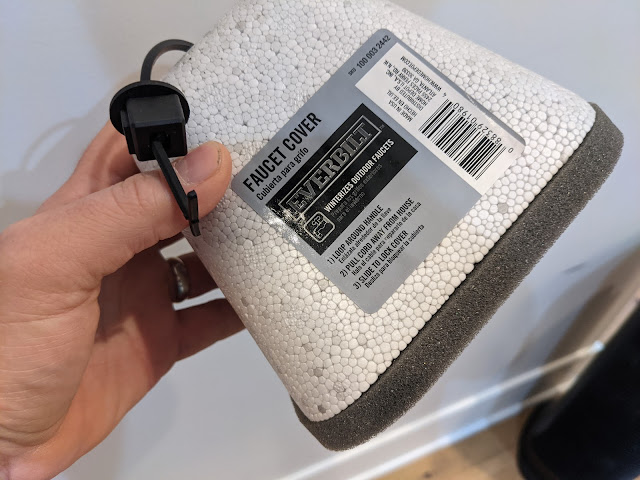Backyard Retractable Hose Reel Mounted to 6x6 Post - May 2023

Beginning in Spring 2022, I have talked about installing a second yard hydrant in our backyard featuring a self-rewinding hose reel. I included it on my 2022 to-do list and failed to install the post and reel in 2022. I carried that task over to our 2023 list and put it at #5: install a second hose reel . I had the hose reel for more than a year, so it was simply a matter of installing the post to hold the reel. This is the third of these reels that I have at the house - the first one is in the garage . The second one is about half-way back attached to our fence . This third one is planned for close to the spigot. I have historically used a loose hose to water the patio containers. I thought this upgrade would keep things a bit more tidy. Ahead of digging the hole, I called J.U.L.I.E. and had them mark any underground utilities. In the photo below, you can see the red line for electrical underground. And the ...





